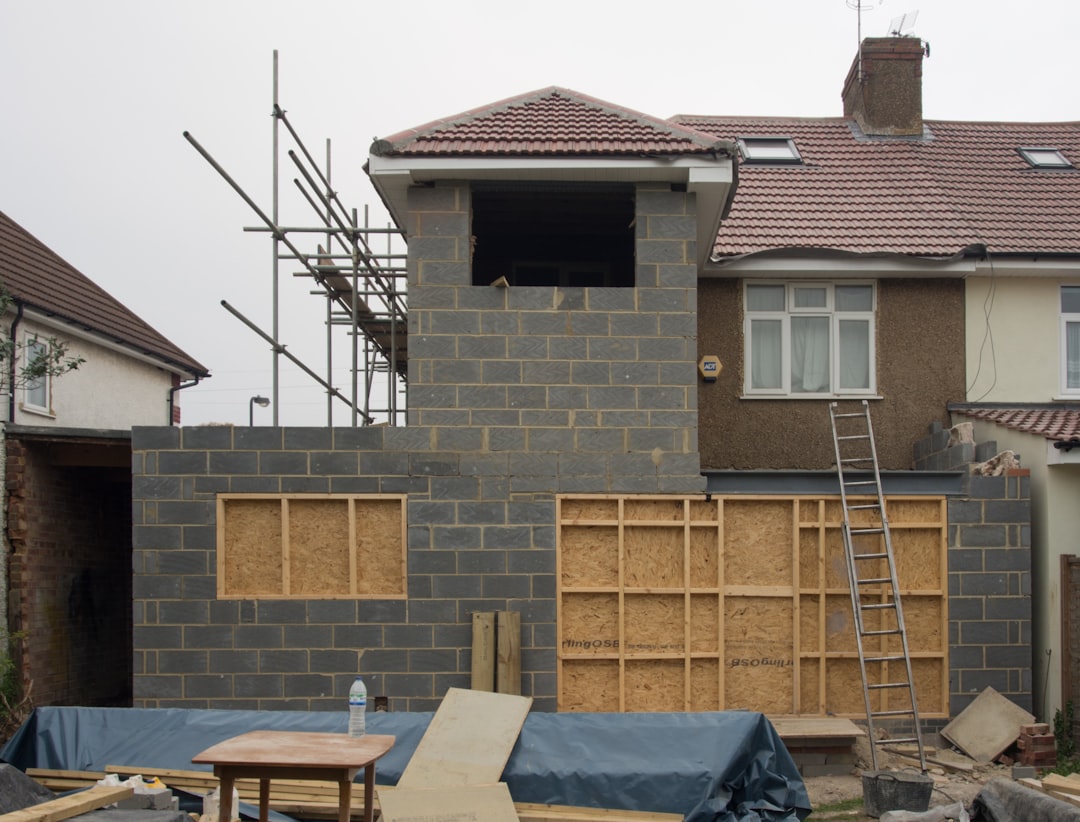
Understanding the cost of batt insulation is crucial for construction professionals. As of 2025, the cost of R-13 fiberglass batts ranges from $0.55 to $0.85 per square foot for materials, with installation labor adding $0.60–$1.10 per square foot. In high-demand areas like Los Angeles, prices can be 10–18% higher. This guide provides a detailed breakdown of costs, key price drivers, and strategies to manage budgets effectively.
Batt insulation consists of pre-cut fiberglass, mineral wool, or cotton blankets designed to fit wall, ceiling, and floor cavities. It is favored in residential construction for its ease of installation and reliable performance.
Across the U.S., R-13 fiberglass batts cost between $0.55 and $0.85 per square foot. Labor costs for installation range from $0.60 to $1.10 per square foot. Prices in urban areas like Los Angeles and New York are typically higher.
While DIY installation may seem cost-effective, professional crews can complete a 2,000 sq ft home in one day, whereas DIY projects may take multiple weekends. Misplaced batts can lose up to 30% of their R-value, negating savings.
In Los Angeles, R-19 fiberglass wall batts cost $1.75–$2.35 per square foot. Mineral wool adds approximately $0.45 per square foot.
Is batt insulation safe? Modern fiberglass is formaldehyde-free and low-VOC.
How long does batt insulation last? When dry, batts last over 50 years.
Can I mix insulation types? Yes, combining types can optimize performance.
For precise batt insulation costs, try the CountBricks voice estimator. Receive a detailed budget and timeline quickly.

A recent project in Santa Clarita involved a 3,100 sq ft residence. Initial quotes exceeded the budget by $4,800. CountBricks optimized the project, reducing costs by 14% while meeting all requirements.
The final cost was $1.84 per square foot, 14% below the original budget, meeting all standards.
For more savings, visit CountBricks.com.